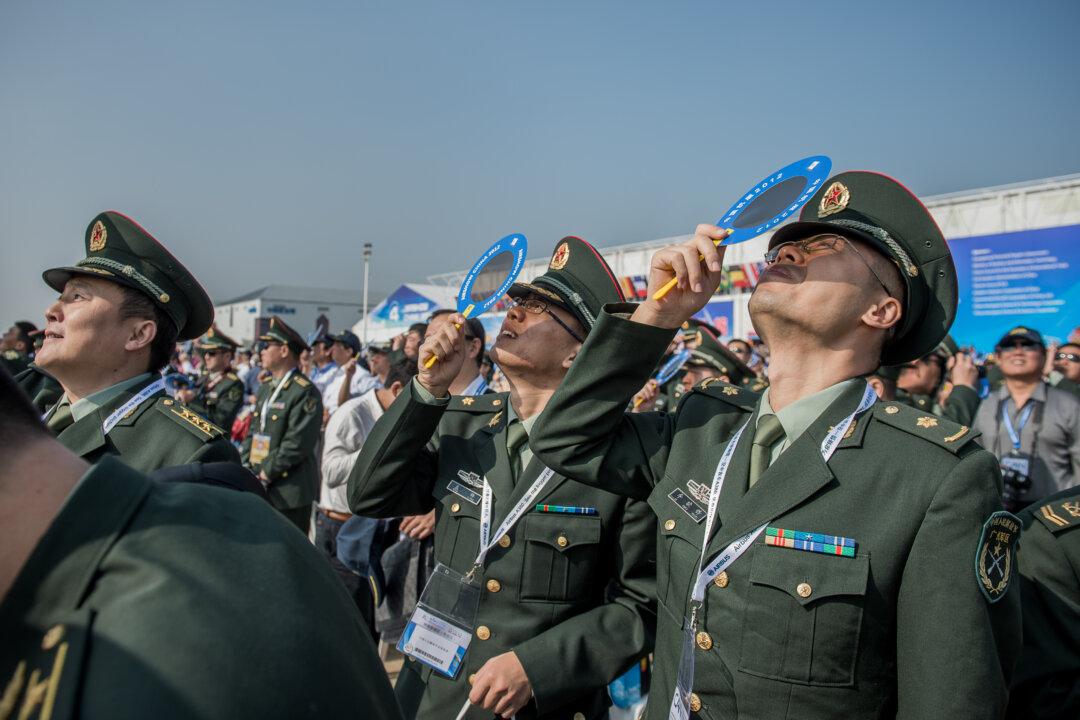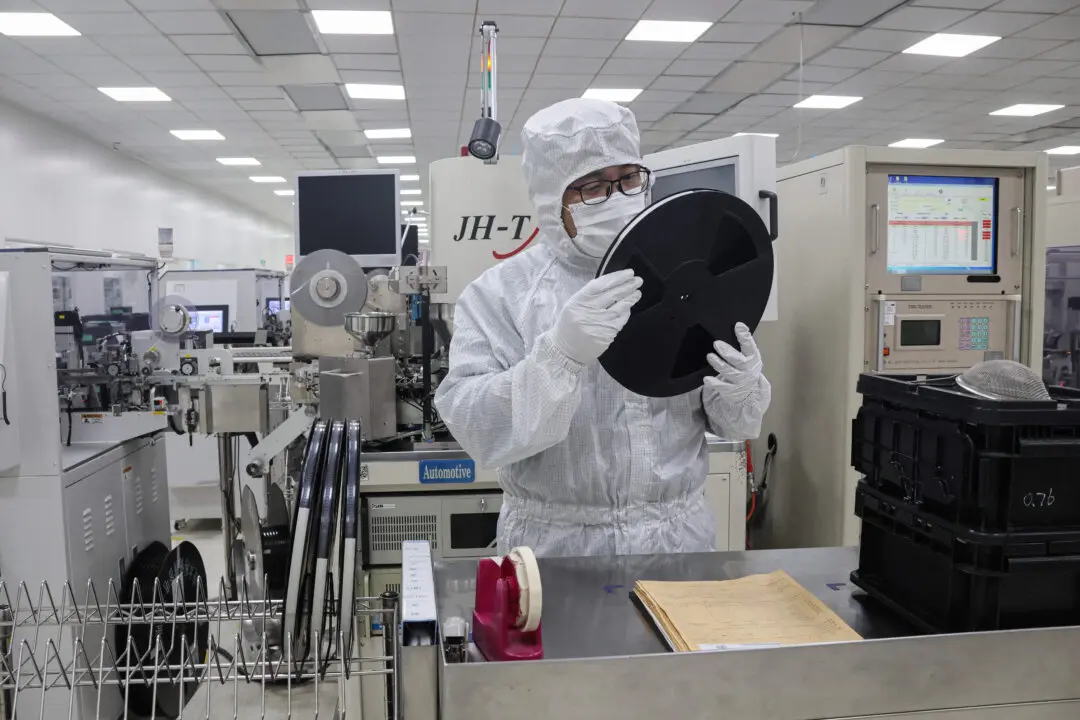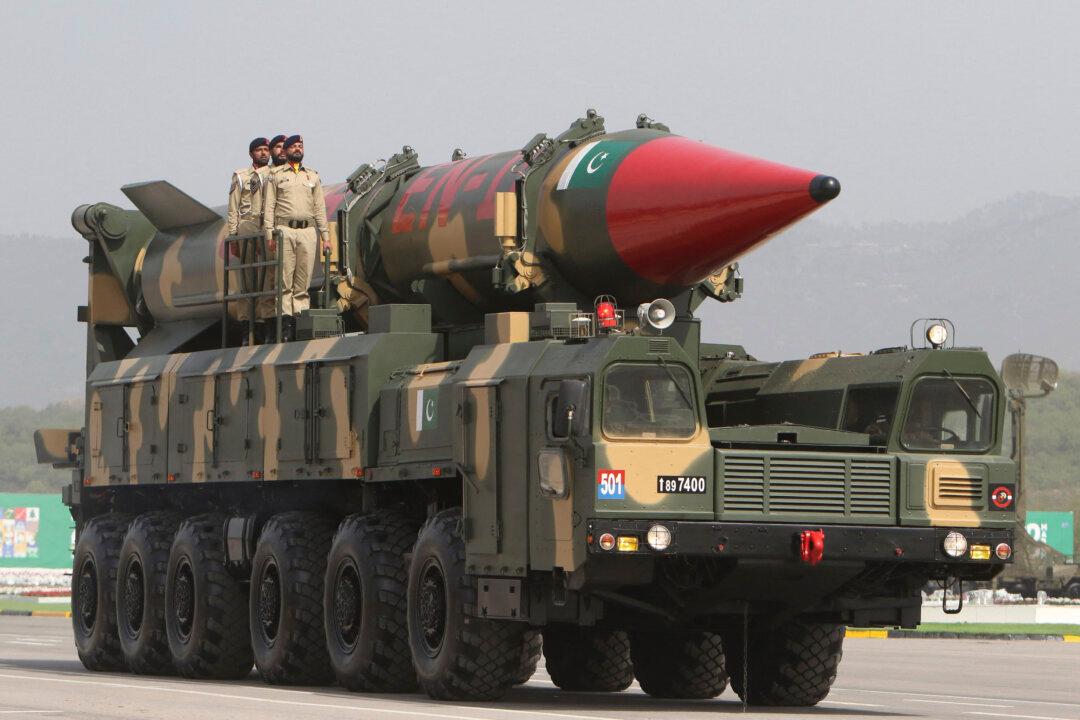This article is the fourth in a series of four reports on Airshow China, a biannual exhibition held in Zhuhai city, China.
This year’s Zhuhai Airshow, held Nov. 6–11, emphasized China’s technical progress in its People’s Liberation Army (PLA)-controlled space program, affirming earlier indications of the Beijing regime’s strategic ambitions in space.





